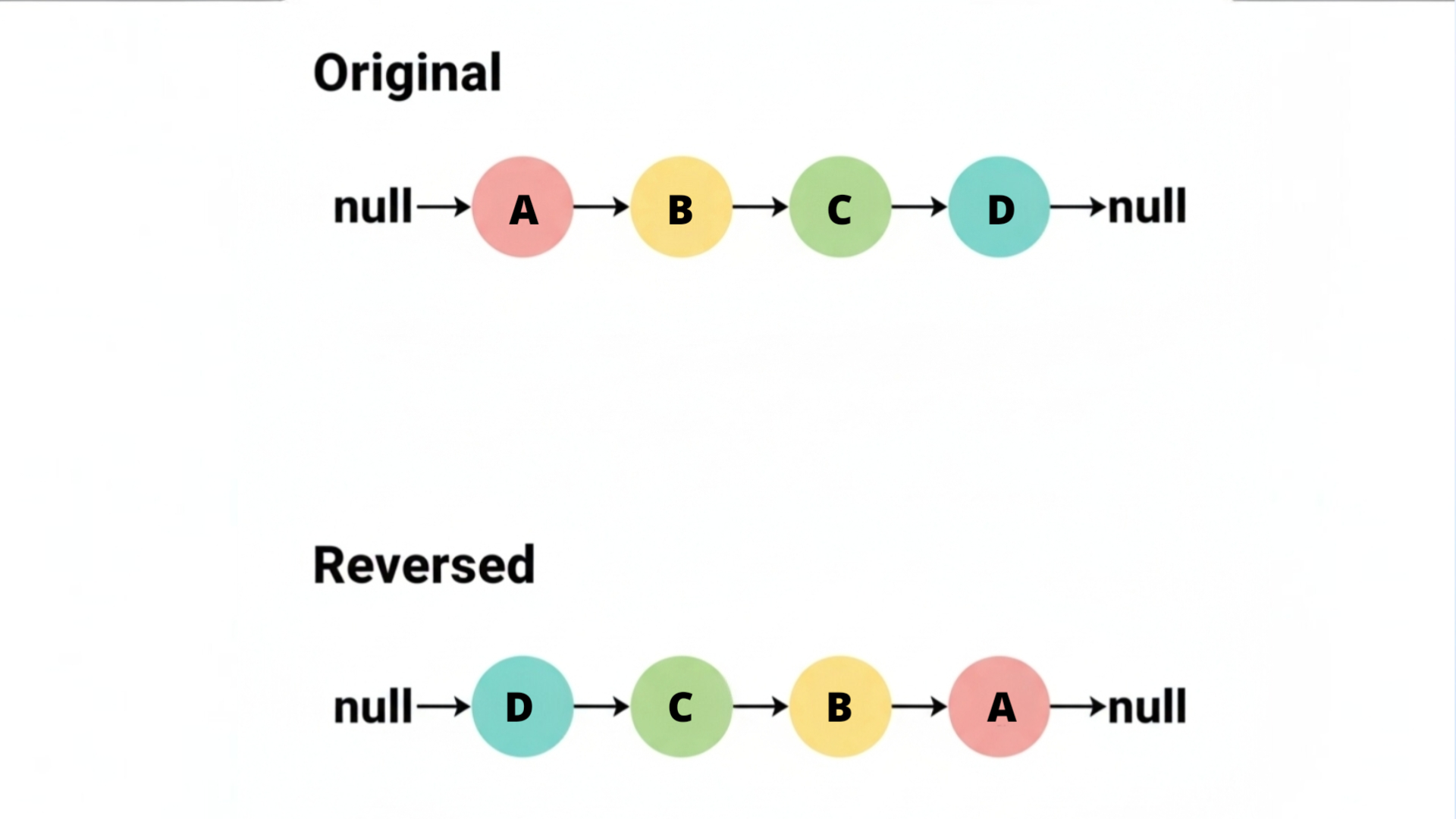
Reverse List
Created on 16 October, 2025 • Text Tools • 1 views • 2 minutes read
Reversing a list is a common operation in programming and data processing: it transforms a sequence so the last element becomes the first.
Reverse List: Methods, Algorithms and Practical Uses
Reversing a list is a common operation in programming and data processing: it transforms a sequence so the last element becomes the first, the second-last becomes the second, and so on. Whether you’re working with arrays, linked lists, or collections in a high-level language, knowing efficient and safe ways to reverse a list is a useful skill for developers, data engineers, and analysts.
What Does “Reverse List” Mean?
To reverse a list means to reorder its elements in the opposite direction. If the original list is [a, b, c, d], the reversed list becomes [d, c, b, a]. This operation can be done in-place (modifying the original list) or by creating a new list with elements appended in reverse order.
Common Algorithms and Complexity
Different data structures call for different reversal strategies. The two most common approaches are in-place swapping and building a new list.
1. In-place two-pointer swap (arrays)
For array-like structures or languages that allow element assignment, the standard approach is the two-pointer technique: have one pointer at the start and one at the end, swap their values, then move pointers inward until they meet. This method runs in O(n) time and O(1) extra space.
2. Create a new list (functional style)
Many functional languages or immutable contexts prefer constructing a new list by iterating from the original’s end to start, or by folding elements onto a new accumulator (push/pop). This method is also O(n) time but uses O(n) extra space.
3. Linked list reversal (iterative and recursive)
Reversing a singly linked list requires pointer reassignments. The iterative approach uses three pointers (previous, current, next) and is O(n) time with O(1) extra space. A recursive approach reverses smaller sublists and reconnects nodes, but it consumes O(n) stack space and may risk stack overflow for very long lists.
Language-Specific Shortcuts
Many modern languages include built-in utilities to reverse lists:
- Python:
reversed()(returns iterator) orlist.reverse()(in-place). - JavaScript:
array.reverse()(in-place). - Java:
Collections.reverse(list)or manual algorithms for arrays. - Ruby:
array.reverse(returns new array) orreverse!(in-place).
Practical Use Cases
Reversing lists appears in many tasks:
- Algorithmic problems: Palindrome checks, two-pointer techniques, stack simulations.
- Data processing: Reordering logs, reversing chronological data, or preparing data for LIFO processing.
- UI/UX: Displaying most-recent items first (e.g., chat messages, activity feeds).
- Networking & parsing: Reversing path components or token lists for specific parsing rules.
Edge Cases and Best Practices
When implementing list reversal, consider:
- Immutability: Decide early if you should mutate the original list or return a new one to avoid unexpected side effects.
- Large data: For huge lists, prefer in-place algorithms to reduce memory pressure.
- Unicode and composite items: If list elements are strings with multi-codepoint graphemes, reverse elements not characters unless intended.
- Concurrent access: Protect shared lists with locks or use thread-safe copies when reversing in multi-threaded environments.
Conclusion
Reversing a list is a simple yet fundamental operation. Choosing the right method—whether in-place swapping, building a new list, or using language utilities—depends on performance needs, memory constraints, and whether immutability is required. Mastering these techniques helps you solve a wide range of real-world programming and data problems efficiently.
Categories
Popular posts
-
Reverse LettersText Tools • 4 views
-
IP LookupChecker Tools • 3 views
-
Reverse Ip LookupChecker Tools • 3 views
-
SSL LookupChecker Tools • 3 views
-
PingChecker Tools • 3 views